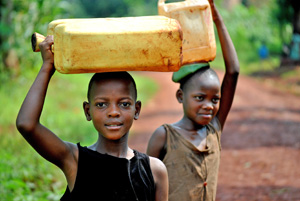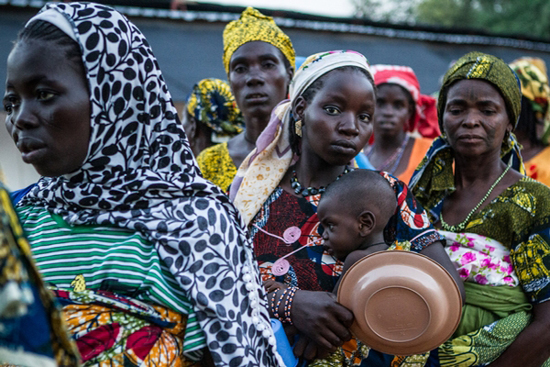ADDIS ABABA, 20 November 2012 (IRIN) – For the past three years, the ChildFund Alliance, a coalition of development and protection NGOs, has surveyed thousands of children around the world about their experiences, aspirations and concerns.
Highlights of the third survey – of 6,204 children between 10 and 12 years old in 47 countries – were released on 20 November, revealing:
50 percent of respondents in developing countries, would, if made president, focus on better education to improve the lives of other children.
25 percent of respondents in developing countries would provide for basic needs such as food, clothing and shelter.
46 percent of the African children surveyed said they had experienced a drought.
10 percent of children in developed countries had experienced drought.
44 percent of children surveyed in Africa said they had experienced a bush or forest fire.
15 percent of African respondents said improving health care was a priority.
5 percent of children in developed countries said the same.
67 percent of children surveyed in Ghana said they would like to grow up to be doctors, nurses or dentists.
43 percent of children in developing countries said they would like to become professional athletes, artists or entertainers.
43 percent of children in Sierra Leone say death, illness and disease are their greatest fears.
For more on this story, visit: IRIN Global | In Brief: Children’s hopes and fears surveyed across the world | Global | Children.








